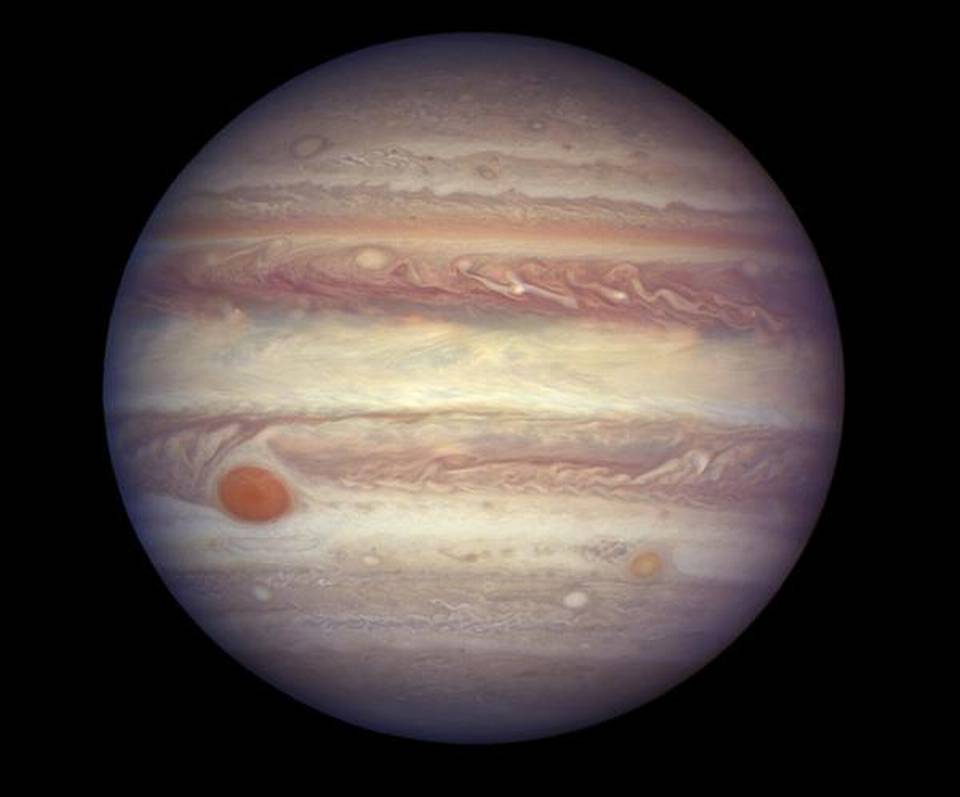
Jupiter’s Great Red Spot, the solar system’s most famous storm, is almost one-and-a-half Earths wide and penetrates about 300 km into the planet’s atmosphere, according to data collected by NASA’s Juno spacecraft. Other revelations from the mission include that Jupiter has two previously uncharted radiation zones, NASA researchers said. “One of the most basic questions about Jupiter’s Great Red Spot is: how deep are the roots?” said Scott Bolton, Juno’s principal investigator from the Southwest Research Institute in the U.S. “Juno data indicate that the solar system’s most famous storm is almost one-and-a-half Earths wide, and has roots that penetrate about 300 km into the planet’s atmosphere,” said Mr. Bolton. The science instrument responsible for this in-depth revelation was Juno’s Microwave Radiometer (MWR). “Juno’s Microwave Radiometer has the unique capability to peer deep below Jupiter’s clouds,” said Michael Janssen, Juno co-investigator from NASA’s Jet Propulsion Laboratory. “It is proving to be an excellent instrument to help us get to the bottom of what makes the Great Red Spot so great,” said Mr. Janssen. Jupiter’s Great Red Spot is a giant oval of crimson-coloured clouds in Jupiter’s southern hemisphere that race counter-clockwise around the oval’s perimeter with wind speeds greater than any storm on the earth.
Warm at the base
Measuring 16,000 km in width as of April 3, this year, the Great Red Spot is 1.3 times as wide as the earth. “Juno found that the Great Red Spot’s roots go 50 to 100 times deeper than the earth’s oceans and are warmer at the base than they are at the top,” said Andy Ingersoll, professor at Caltech and a Juno co-investigator. “Winds are associated with differences in temperature, and the warmth of the spot’s base explains the ferocious winds we see at the top of the atmosphere,” said Ingersoll. The future of the Great Red Spot is still very much up for debate. While the storm has been monitored since 1830, it has possibly existed for more than 350 years.